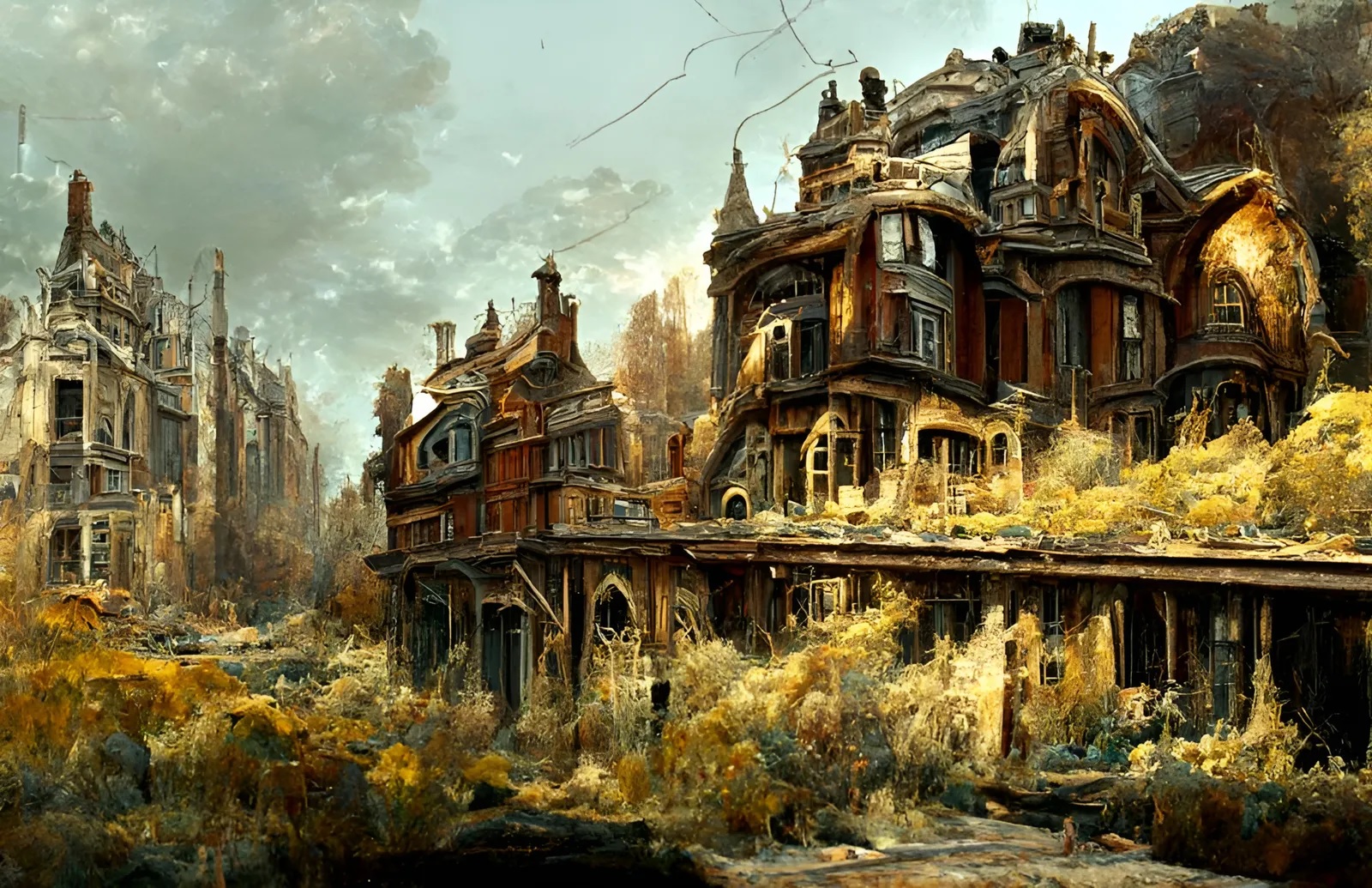Artificial intelligence is rapidly advancing and many industries are feeling the impact of this new technological revolution. One industry that could greatly benefit from AI is art. Many artists are already beginning to experiment with a more tech-driven art form, and as AI continues to improve, we can expect to see a greater impact on art. In this blog post, we will explore a few ways AI is impacting art and how it can help artists perform better. Let’s get into it!
Are artificial intelligence and machine learning set to take over the art industry?
Artificial intelligence and machine learning are set to take over the art industry in a big way. Some experts believe that they will enable artists to create more sophisticated and innovative works, while others are concerned that they will result in the loss of jobs for human artists. It is still early days for artificial intelligence in the art industry, so it remains to be seen whether or not they will take over the industry. To find out more, visit A.I. and artists
What are some potential benefits of artificial intelligence and machine learning in the art industry?
A.I. can help art galleries and artists by automating certain processes. This can save a lot of time and energy for art professionals, allowing them to focus on more important tasks. Additionally, artificial intelligence can be used to identify trending or popular art styles, genres, or artists. This information can then be used to make better recommendations for artwork for a gallery or artist.
What challenges will artificial intelligence and machine learning pose to the art industry?
Artificial intelligence pose a number of challenges to the art industry, such as increasing automation of processes and increasing the accuracy of art appraisals. They may also create a shortage in skilled artists, as artificial intelligence and machine learning systems can learn faster than humans.
The Role of Artificial Intelligence in the Art Industry
Artificial intelligence is a technology that uses intelligence, or the ability to think and reason, to mimic human intelligence. It’s a machine learning technology that can be used for a variety of tasks, such as image recognition, speech synthesis, and machine learning.
Artificial intelligence is a popular tool in art-related fields. For example, artificial intelligence can assist with image recognition and editing. By using artificial intelligence to process images, artists can create art more quickly and efficiently. It also helps art-related organizations make decisions more quickly and accurately, which enables them to serve customers better. Additionally, artificial intelligence can help art-related companies develop creative ideas more quickly and cost-effectively. This technology can help art-related organizations make informed and effective business decisions.
According to a recent poll conducted by Adobe, artificial intelligence is a top priority for many creative professionals. With the growing use of artificial intelligence in industries like art-2-art, the world is seeing a new innovation that will surely revolutionize creative processes in the years to come.
The Art of Artificial Intelligence: A Comprehensive Guide to The Future of Art
Artificial intelligence (AI) has a significant role to play in the art industry. Its applications are not limited to creative automation, but can also be used for a variety of other tasks across a wide range of sectors, including art. AI is not yet able to achieve creative thinking and reasoning, which is needed to produce art in the real sense. Nonetheless, it is being used to enhance and replicate existing art works. This technology is transforming the art industry by creating a more competitive job market. Moreover, it has the potential to make art affordable and accessible to everyone. In short, artificial intelligence holds a promising future for art as it helps us create a world where technology enhances creativity rather than replaces it.
The Future of Art: A Look Into The Role of Artificial Intelligence
Artificial intelligence is a fascinating field of research which promises a world of intelligence and creativity. But before we get ahead of ourselves, it’s important to understand the role of artificial intelligence in art. Artistic intelligence involves a creative person’s ability to synthesize ideas, process information, and create new artworks. Artificial intelligence has a lot to offer in this aspect as well. It helps artists process overwhelming amounts of data easily and quickly. It also helps arouse interest among potential investors. The use of artificial intelligence in art industry can help art enthusiasts create artworks faster, easier, and more creatively. When you look at it this way, it becomes a win-win situation for everyone involved.
What are some possible implications for the future of the art industry as a result of AI and ML development?
As artificial intelligence (AI) and machine learning (ML) develop, it is possible that many art-related tasks will be automated. This could include things like artwork appraisal, art reproduction, art marketing, and more. This could free up artists to focus on more creative pursuits, as well as new ways of marketing artworks. It’s also important to ensure that human creativity isn’t lost in the process of automation, as this could result in a decline in quality art.
The art industry is a thriving one, and there’s a lot of innovation happening in the field. Artificial Intelligence has a huge potential to revolutionize art-related industries as well as art-making itself. AI-powered tools are helping artists find inspiration, create artwork faster, and get better at art-making.
